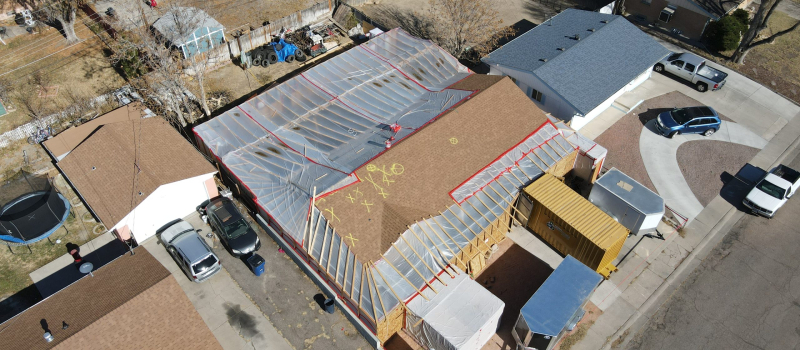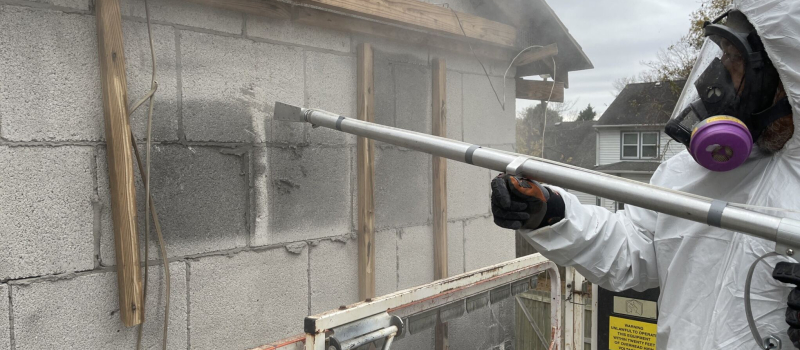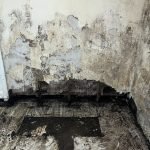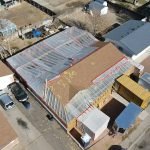Asbestos Abatement - Seattle, Washington
WHAT IS PROFESSIONAL ASBESTOS ABATEMENT?
Asbestos abatement, otherwise called asbestos removal, is the process of removing asbestos that may otherwise be a risk. But asbestos cleanup is not that simple.
When disturbed, asbestos fibers create health risks when they travel through the air. Moving asbestos-containing material during the clean-up process without the right safety measures can be dangerous.
We handle the removal and disposal of asbestos following EPA standards to keep you and your loved ones safe. Our licensed technicians are professionally trained in the asbestos abatement process.

HOW CAN YOU KNOW IF YOU HAVE ASBESTOS?
The first thing you need to know is how to identify asbestos or know when asbestos is possible. There are at-home tests you can use to perform your own investigation. However, we highly recommend using the services of a reputable testing company. A professional testing company will understand both the asbestos testing process and safety requirements.
Types of materials that may contain asbestos:
- Building materials such as siding, ceiling tiles, flooring, insulation, plumbing, and roofing shingles, just to name a few.
- Manufactured goods including cement products, heat-resistant fabrics like gloves and iron board covers, coatings, and more.
- Home products like appliances manufactured before 1980, like boilers and furnaces, and talc products.
Many different types of materials contain asbestos, but confirming its presence requires lab testing.
Professional lab tests will include:
- Collecting samples from your property
- Performing an analysis of the samples
- Creating a detailed report of the results
If your tests confirm the presence of asbestos, the testing company may recommend how to get rid of asbestos found in the property samples.
We recommend consulting a professional asbestos abatement company like Jenkins Environmental Services before attempting any asbestos cleanup on your own.
HOW DO I REMOVE ASBESTOS?
Removing asbestos can be a tricky job. Without using proper steps, you can accidentally release more fibers into the air. And, in some cases, the testing company may direct you not to remove the asbestos-containing materials at all.
It is always best to work with a professional before attempting any amount of asbestos abatement on your own.
Asbestos abatement procedures:
- The first step in abatement is to know how to safely remove asbestos. This starts with proper PPE (personal protective equipment) and other safety measures. Safety is critical to create a barrier between the worker and the dangerous material.
- Following proper work practices, asbestos workers will follow a detailed plan created for your specific types of asbestos. This plan will follow the testing results and recommendations.
- Asbestos needs to be properly disposed of as the last step in asbestos abatement. We work with specialized facilities to ensure the safety and compliance of all asbestos-containing material.
In summary, it is possible to safely remove asbestos from your property. However, removing asbestos should never be done without proper safety measures. In most cases, you should consult with a professional asbestos abatement company before attempting any removal on your own.
GET HELP NOW
Use the form below to tell us about your asbestos abatement needs.

HOW LONG DOES THE ASBESTOS REMOVAL PROCESS TAKE?
The duration varies depending on the size of the area and the extent of asbestos present. We strive to complete the process efficiently without compromising on safety.
What are the most common forms of asbestos in homes?
Before the late 20th century, it was common for asbestos to be used in building materials. We didn’t know at the time how dangerous asbestos exposure could be. What we did know about asbestos was the strength and heat resistance it provided in the building materials. This is why today you can find asbestos in many types of materials, including the following.
- Insulation: It was widely used in insulation products, including attic and wall insulation, especially in houses built between 1930 and 1950. Asbestos insulation removal has become a common request as it begins to deteriorate over many years.
- Floor and Ceiling Tiles: Asbestos was often used in vinyl floor tiles, the backing on vinyl sheet flooring, and adhesives used for installing flooring. It can also be found in ceiling tiles and the glue that holds them in place.
- Roofing and Siding Materials: Shingles and siding on older homes might contain asbestos.
- Pipe and Duct Insulation: Asbestos was commonly used in pipe insulation and ductwork, particularly in older heating systems.
- Textured Paints and Patching Compounds: Used on wall and ceiling joints, these materials may contain asbestos.
- Automotive Parts: Asbestos was used in brake pads, linings, clutch facings, and gaskets in older vehicles.
OUR TEAM CAN HELP YOU
If your property tests positive for asbestos and requires asbestos abatement, reach out to the Jenkins Environmental Services team! We provide professional asbestos removal services in Seattle, WA and the surrounding communities. Our team is committed to providing a safe and healthy environment for you and your loved ones. Dedicated project managers can answer all your questions about the asbestos remediation process.
Contact us today!
Seattle, Washington
6602 South 192nd Drive
Kent, WA 98032
206-858-9101 (local)
888-777-9742 (toll-free)

